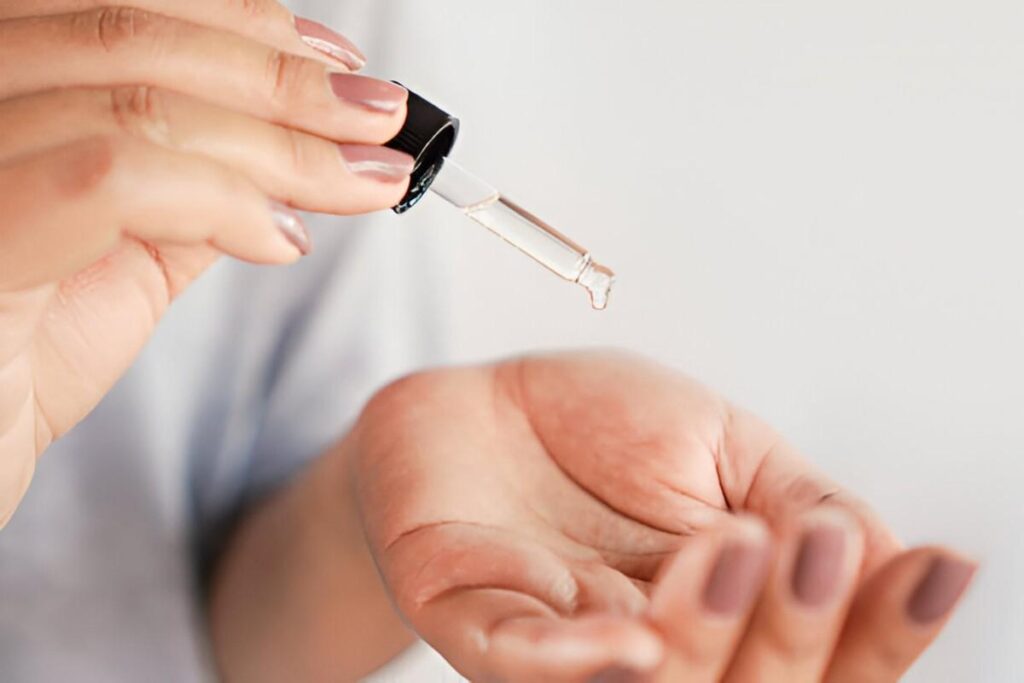Saw palmetto (Serenoa repens) is a type of palm native to the southeastern United States. Traditionally used by Native Americans for its medicinal properties, saw palmetto is now widely recognized for its potential health benefits, particularly for men’s health. This article explores the nutritional values, key health benefits, potential therapeutic uses, cautions, and ways to incorporate saw palmetto into your diet.
Summary Table
| Nutrient | Amount per Serving |
|---|---|
| Fatty Acids | Lauric, oleic, myristic, palmitic |
| Phytosterols | Beta-sitosterol, campesterol, stigmasterol |
| Flavonoids | Kaempferol, quercetin |
| Polysaccharides | Complex carbohydrates |
| Health Benefits | Description |
|---|---|
| Supports Prostate Health | Reduces symptoms of BPH |
| Reduces Inflammation | Anti-inflammatory properties |
| Balances Hormones | Inhibits 5-alpha-reductase enzyme |
| Improves Urinary Function | Reduces urinary tract symptoms |
| Antioxidant Properties | Protects cells from free radical damage |
| Supports Hair Health | Reduces DHT levels to slow hair loss |
| Enhances Sexual Health | Improves libido and reproductive health |
| Potential Therapeutic Uses | Description |
|---|---|
| Benign Prostatic Hyperplasia (BPH) | Manages symptoms like urinary difficulties |
| Hormonal Imbalances | Benefits hair loss and acne |
| Inflammatory Conditions | Helps manage arthritis and other inflammatory disorders |
| Cautions | Description |
|---|---|
| Pregnancy and Breastfeeding | Not recommended |
| Hormone-Sensitive Conditions | Consult a healthcare provider |
| Medication Interactions | May interact with certain medications |
Nutritional Values
Saw palmetto berries contain various compounds that contribute to its medicinal properties, including fatty acids, phytosterols, flavonoids, and polysaccharides. Here is a general overview of the key nutrients found in saw palmetto:
- Fatty Acids: Lauric acid, oleic acid, myristic acid, palmitic acid
- Phytosterols: Beta-sitosterol, campesterol, stigmasterol
- Flavonoids: Kaempferol, quercetin
- Polysaccharides: Complex carbohydrates that may have immune-boosting properties
Key Health Benefits
1. Supports Prostate Health
Saw palmetto is best known for its potential to support prostate health. It may help reduce symptoms of benign prostatic hyperplasia (BPH), a condition characterized by an enlarged prostate, which can cause urinary difficulties.
2. Reduces Inflammation
The fatty acids and phytosterols in saw palmetto have anti-inflammatory properties that may help reduce inflammation in the body, potentially benefiting conditions like arthritis and other inflammatory diseases.
3. Balances Hormones
Saw palmetto may help balance hormone levels by inhibiting the enzyme 5-alpha-reductase, which converts testosterone into dihydrotestosterone (DHT). This can be beneficial for men experiencing hair loss or other hormonal imbalances.
4. Improves Urinary Function
Saw palmetto can improve urinary function, especially in older men. It helps reduce urinary tract symptoms such as frequent urination, difficulty starting and maintaining urination, and nighttime urination.
5. Antioxidant Properties
Saw palmetto contains antioxidants that help protect cells from damage caused by free radicals. This can help reduce the risk of chronic diseases and support overall health.
6. Supports Hair Health
By reducing the levels of DHT, saw palmetto may help slow down hair loss and promote hair growth, making it a popular natural remedy for male pattern baldness.
7. Enhances Sexual Health
Saw palmetto may improve sexual function and libido by balancing hormone levels and supporting overall reproductive health.
Potential Therapeutic Uses
Benign Prostatic Hyperplasia (BPH)
Saw palmetto is commonly used to manage symptoms of BPH, including urinary difficulties. It may reduce the need for nighttime urination and improve urine flow.
Hormonal Imbalances
Saw palmetto can help manage hormonal imbalances by inhibiting the conversion of testosterone to DHT, benefiting conditions like hair loss and acne.
Inflammatory Conditions
Due to its anti-inflammatory properties, saw palmetto may be beneficial for managing conditions like arthritis and other inflammatory disorders.
Cautions
While saw palmetto is generally considered safe for most people, there are some cautions to be aware of:
- Pregnancy and Breastfeeding: Saw palmetto is not recommended for pregnant or breastfeeding women due to a lack of safety data.
- Hormone-Sensitive Conditions: Individuals with hormone-sensitive conditions should consult a healthcare provider before using saw palmetto.
- Medication Interactions: Saw palmetto may interact with certain medications, such as blood thinners and hormone therapies. Always consult a healthcare provider before starting any new supplement.
How to Incorporate Saw Palmetto into Your Diet
Supplements
Saw palmetto is most commonly available in supplement form, including capsules, tablets, and liquid extracts. The typical dosage ranges from 160 to 320 mg per day.
Herbal Teas
Saw palmetto berries can be used to make herbal teas. Steep dried berries in hot water for 10-15 minutes to make a tea that can be consumed once or twice a day.
Combination Supplements
Saw palmetto is often included in combination supplements designed for prostate health, hair health, or hormonal balance.
Incorporating saw palmetto into your daily routine can be a beneficial way to support various aspects of health, particularly for men. However, it’s important to use it responsibly and consult with a healthcare provider, especially if you have underlying health conditions or are taking other medications.





